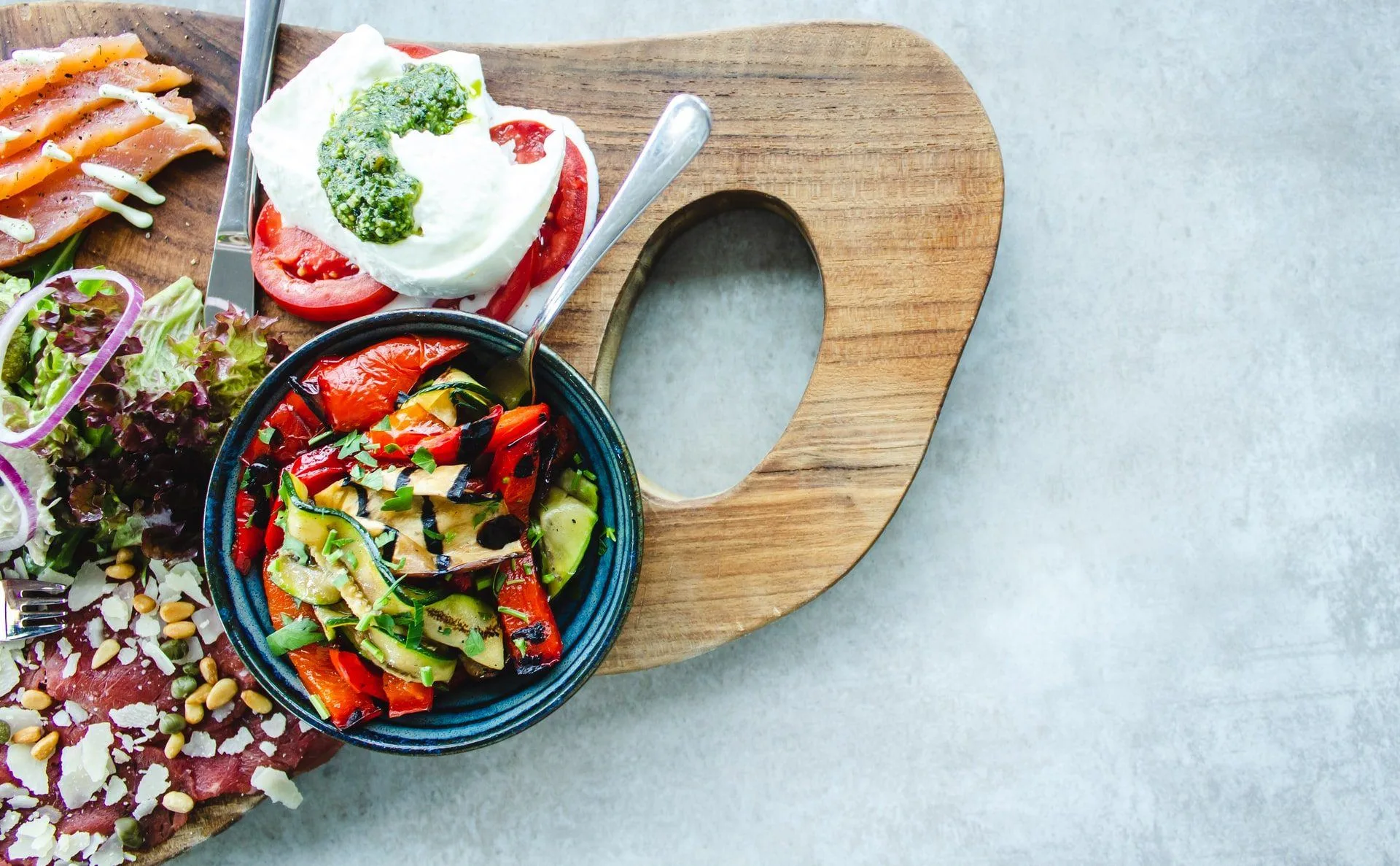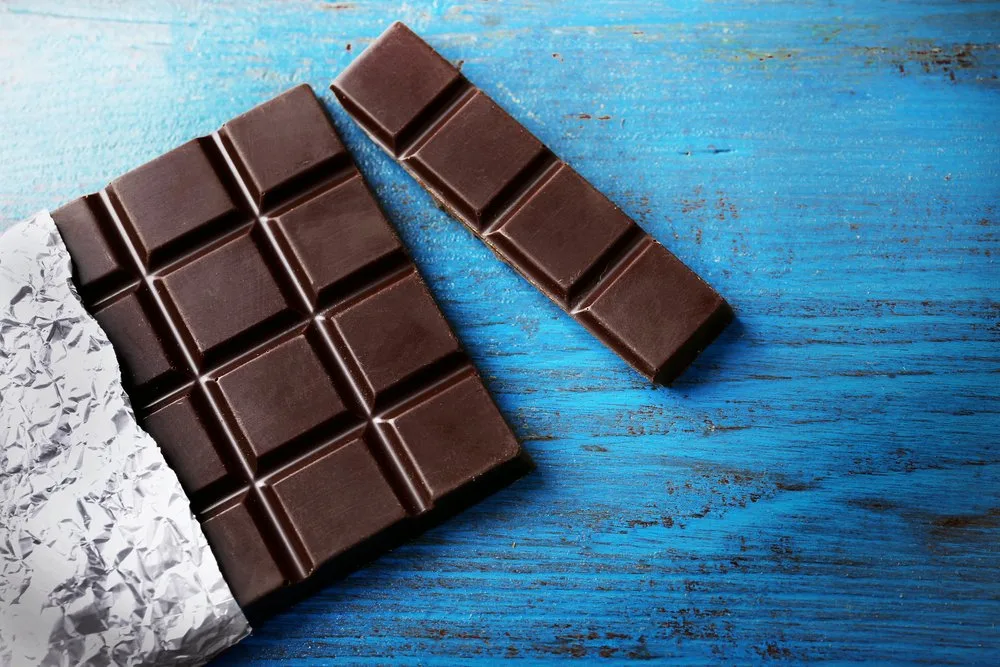What better way to promote a new business than to have your supermodel wife take a video of you in your undies? Well, that’s exactly what Gisele Bündchen did. Taking to her social media, the 41-year-old supermodel posted a video of her Super Bowl champion husband wearing only a gray pair of his new BRADY apparel brand boxer briefs.
Launching Thursday 06.09: Underwear. The most comfortable underwear ever that never loses its shape, and is @giseleofficial approved. Get ready to look and feel #BetterInBrady.
Join the waitlist now for early access: https://t.co/q1Gfhl5nzW pic.twitter.com/aoD9SV271i
— BRADY (@bradybrand) June 6, 2022
Now, while this was a tongue-in-cheek way of Bündchen supporting her husband’s new business venture, it wasn’t easy to ignore the sportsman’s physique. In fact, the post has a lot of us wondering how the Tampa Bay Buccaneers quarterback keeps his physique so underwear ready.
Tom Brady’s Wellness Habits
1. He gets his beauty sleep
According to his book, TB12 Method, Tom Brady spoke about the importance of sleep, sharing that he does his best to get at least nine hours of sleep per night, making sure to bed at 8.30pm so that he can wake up on time and well rested.
While getting enough quality sleep might not turn you into one of America’s greatest sports stars, it will benefit your longevity. According to a study published in Frontiers in Aging Neuroscience, participants with higher longevity had strict and consistent sleep-wake schedules and retained optimal levels of slow-wave (deep) sleep.
2. He gets enough protein
Being an athlete, it’s important to get enough protein, and that’s one thing that Brady makes sure to do. In a TikTok video, Brady showed off his morning routine, which includes protein powder, as well as almond butter and chia seeds, both of which are rich in protein.
Protein not only helps to build lean muscle, but it also boosts your metabolism, encourages satiety (which reduces the risk of weight gain), and assists with muscle recovery and growth.
If you’re interested in Tom Brady’s breakfast smoothie recipe, the ingredients include blueberries, protein powder, pumpkin seeds, banana, electrolytes, chia seeds, almond butter, and hemp milk.
3. He stays hydrated
Speaking to Forbes, Tom Brady revealed that he drinks up to 37 cups of water every day. That’s a lot of water, and in good conscience, we cannot advise that you attempt to match this level of hydration.
However, what we do advise is that you make sure to drink at least 8 glasses of water every day.

Tom Brady/Instagram
In doing so, you’ll keep your energy levels high, and you’ll also keep your brain healthy. Additionally, drinking enough water can prevent migraines, and also reduces the risk of constipation.
4. He avoids inflammatory foods
Yes, inflammation is a process in the body that is meant to help, but when has too much of a good thing ever been a good thing? In following an anti-inflammatory lifestyle, Brady makes sure to avoid foods that are known to cause inflammation, such as processed foods, sugar, dairy, refined carbs, and red meat.
In doing so, you’ll reduce your risk for inflammation, which in turn, reduces the risk for chronic diseases like heart disease, asthma, and cancer.
5. He eats healthy fats
Writing in his book TB12, Brady revealed that he makes sure to get his dose of healthy fats like omega-3s by eating fish and nuts.
Omega-3 fatty acids are great for your health as they help to combat inflammation, reducing the risk for chronic diseases. In addition, these healthy fats have also been found to fight mental health disorders like depression and combat the decline in brain function.

Photo by Louis Hansel on Unsplash
6. He’s all about plant-based eating
According to a TB12 Sports blog, Brady’s diet is 80% plant-based and 20% organic lean protein.
Plant-based eating is truly the best form of eating, especially if you want to protect your health – and there are studies to prove it.
One study revealed that eating a plant-based or plant-centric diet during young adulthood (ages 18-30) could significantly lower your risk for heart disease 30 or more years later.
Another study, published earlier this year in PLOS Medicine, shared that, per Healthline, eating more legumes, whole grains, and nuts, and eating less red meat and less processed meat increases life expectancy.
7. He’s sweet on pure cacao
When it comes to a sweet tooth, Tom Brady definitely has one. On his game days, the Super Bowl champion would treat himself to a square of chocolate for dessert – as long as it was 100 percent cacao.
Unlike other processed forms of chocolate, dark chocolate has a strong concentration of antioxidants and these antioxidants work to reduce inflammation and fight against free radicals, protecting your physical and brain health. So, what are you waiting for? Why not treat yourself to a square of dark chocolate?

Want to know more?
He may not be a Super Bowl champion, but he’s certainly the most electrifying man in sports entertainment, and he just turned 50. Dwayne “The Rock” Johnson knows all about following a healthy lifestyle to maintain an athlete’s body, and there’s plenty we can learn from him.
References
Glenn, A., Lo, K., Jenkins, D., Boucher, B., et al. (2021). Relationship Between a Plant‐Based Dietary Portfolio and Risk of Cardiovascular Disease: Findings From the Women’s Health Initiative Prospective Cohort Study. Journal of the American Heart Association; DOI: 10.1161/JAHA.121.021515
Liao, Y., Xie, B., Zhang, H., He, Q., Guo, L., Subramanieapillai, M., Fan, B., Lu, C., & McIntyre, R. S. (2019). Efficacy of omega-3 PUFAs in depression: A meta-analysis. Translational psychiatry, 9(1), 190. https://doi.org/10.1038/s41398-019-0515-5
Mazzotti, D. R., Guindalini, C., Moraes, W. A., Andersen, M. L., et al. (2014). Human longevity is associated with regular sleep patterns, maintenance of slow wave sleep, and favorable lipid profile. Frontiers in aging neuroscience, 6, 134. https://doi.org/10.3389/fnagi.2014.00134
Choi, Y., Larson, N., Steffen, L., Schreiner, P., et al. (2021). Plant‐Centered Diet and Risk of Incident Cardiovascular Disease During Young to Middle Adulthood. Journal of the American Heart Association, DOI: 10.1161/JAHA.120.020718




![women [longevity live]](https://longevitylive.com/wp-content/uploads/2020/01/photo-of-women-walking-down-the-street-1116984-100x100.jpg)










